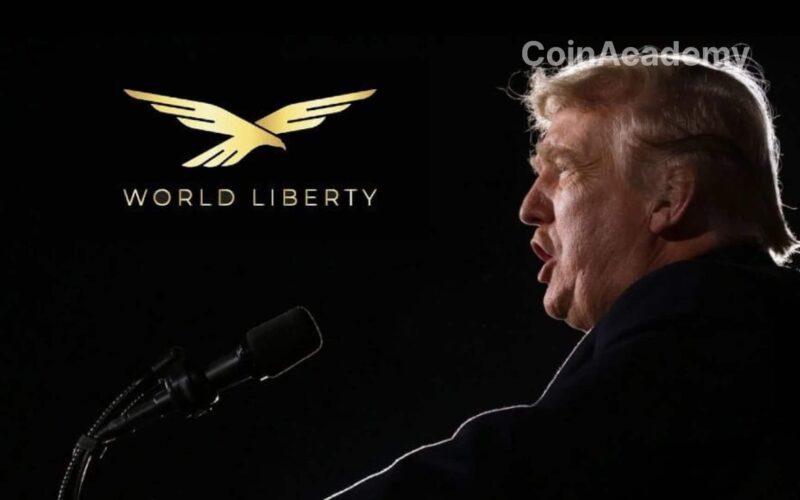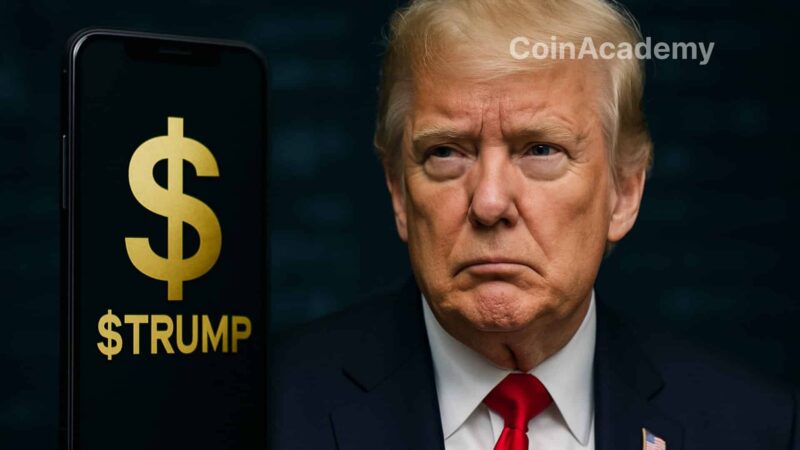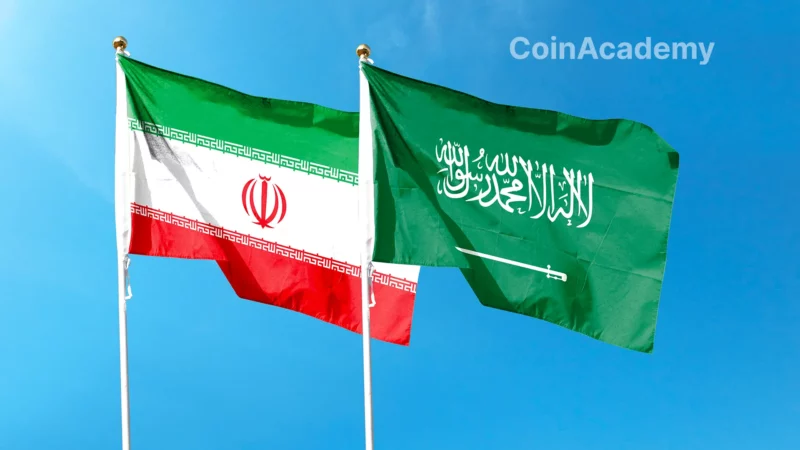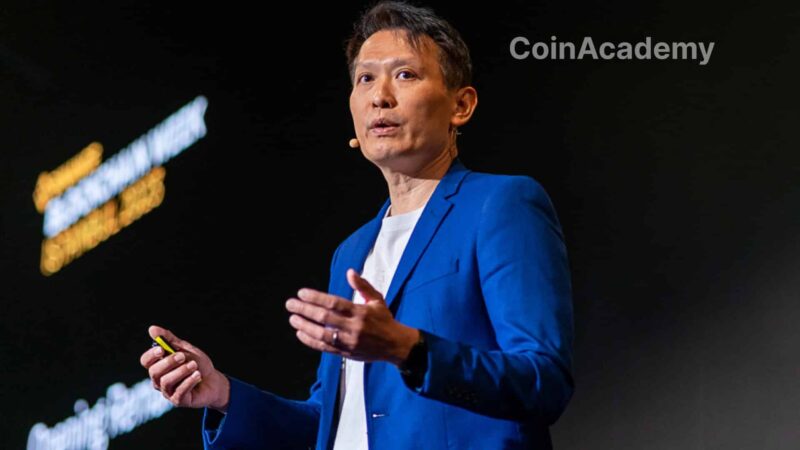DWF Labs Invests $25 Million in DeFi Protocol World Liberty Financial to Strengthen Presence in the United States
The DWF Labs, a major player in algorithmic trading and web3 financing, has made a significant move by investing $25 million in World Liberty Financial (WLFI), a DeFi protocol supported by the Trump family. This investment marks the opening of its office in New York, the first step towards an aggressive expansion strategy in the United States.
Behind this choice lies a dual ambition: to strengthen ties with traditional financial institutions and to negotiate directly with local regulators in a context where the United States is seeking to redefine the boundaries of its crypto regulation. The physical arrival of DWF in the United States is not just a symbolic gesture: it reflects a strategic conviction that America could become the next epicenter of institutional crypto adoption.
USD1: An Institutional Stablecoin Backed by Treasury Bonds
DWF Labs’ investment goes beyond financial participation. By acquiring WLFI tokens, the fund gains governance weight in the World Liberty Financial ecosystem, which is preparing to launch USD1, an ‘institution-grade’ stablecoin backed by short-term Treasury bonds, cash, and liquid equivalents.
In a market dominated by USDT and USDC, WLFI is attempting to differentiate itself by targeting sovereign investors and large financial institutions. DWF, for its part, is committed to providing the necessary liquidity for the growth of the USD1 ecosystem by mobilizing its trading infrastructure on both centralized and decentralized platforms.
According to Zak Folkman, co-founder of WLFI, this alliance aims to accelerate the construction of a next-generation decentralized finance infrastructure. This echoes the words of Andrei Grachev, Managing Partner of DWF, who sees this movement as a testament to trust in the future role of the United States in global crypto finance.
Between Political Ambitions and Decentralized Finance
The direct support of the Trump family for World Liberty Financial is not insignificant. It fuels speculation about the strategic use of blockchain in the future US presidential campaign, while positioning USD1 as a national alternative to stablecoins controlled by foreign companies.
The current macroeconomic context (geopolitical tensions, instability of fiat currencies, debate around digital dollar) provides fertile ground for the emergence of alternative stablecoins. And the support of influential political figures could give USD1 unprecedented legitimacy in the ecosystem.
In the background, this operation reflects a reconfiguration of alliances between capital, technology, and politics, where stablecoins become not only financial instruments but also geopolitical leverage.





